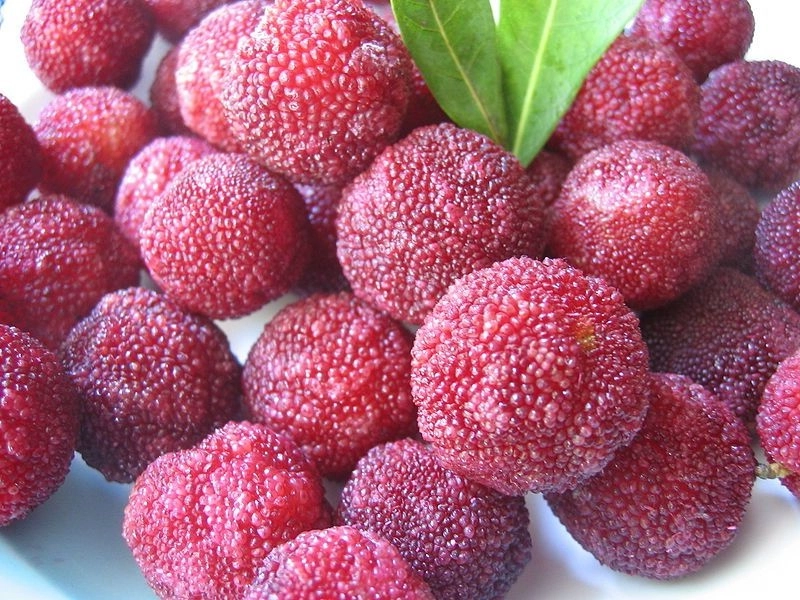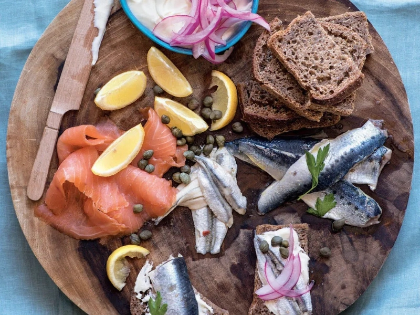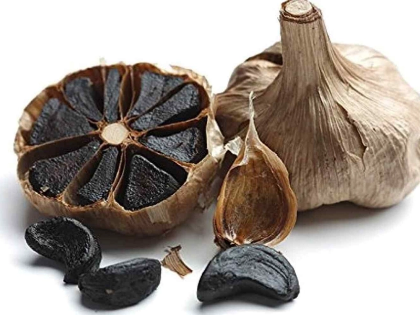When it comes to creating exceptional homemade jams, some of the world's rarest fruits offer flavors and textures that can transform an ordinary preserve into an extraordinary culinary experience. With their unique characteristics and growing conditions, these ten unusual fruits produce jams that are not only delicious but also boast distinctive colors, textures, and nutritional benefits. From delicate white strawberries to other exotic varieties, these fruits represent the pinnacle of jam-making possibilities.
1. White Strawberries (Pineberry)

Pineberries, also known as white strawberries, are a fascinating natural hybrid that combines the best qualities of traditional strawberries with a unique twist. These stunning fruits feature ivory-white flesh dotted with red seeds, creating a visually striking appearance that translates beautifully into the final jam. The flavor profile is complex, with hints of pineapple and tropical fruits alongside the classic strawberry undertones. When made into jam, white strawberries yield a delicately translucent preserve with a pearl-like appearance. The fruit's naturally higher pectin content ensures a well-set jam with minimal additional pectin required. Additionally, the low acidity of white strawberries reduces the need for excessive sugar, allowing the fruit's subtle flavors to shine.
2. Japanese Yamamomo (Mountain Peach)

The Yamamomo, or Japanese Bayberry, is a rare fruit that produces a uniquely flavorful jam. Harvested for only a few weeks each year, these small, round fruits grow on ancient trees native to East Asia. The berries have a deep red hue and a complex flavor profile that blends sweetness, tartness, and a slight astringency. When transformed into jam, Yamamomo creates a rich, burgundy-colored preserve with a distinct texture due to its high pectin content. The jam-making process highlights the fruit's natural aromas, resulting in a preserve with subtle herbal and pine notes. The final product strikes a perfect balance of sweetness and acidity, making it an excellent accompaniment to both sweet and savory dishes.
Advertisement












